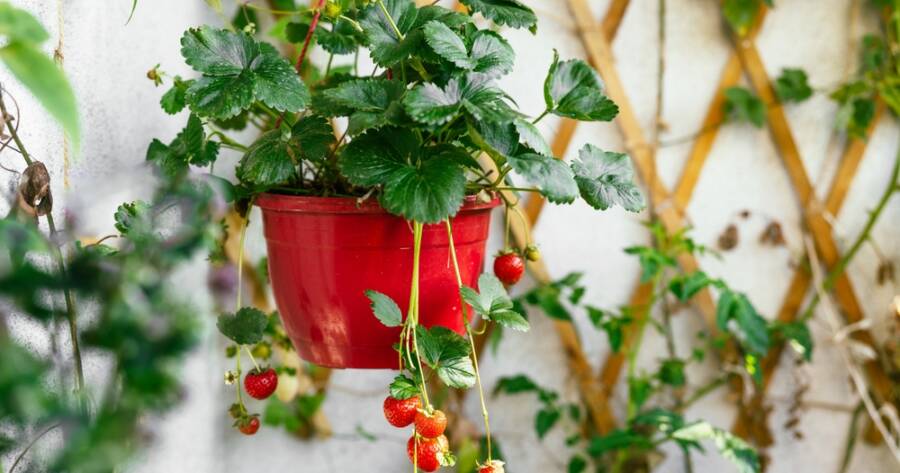Limited square footage doesn’t have to limit your green thumb. Container gardening turns balconies, stoops, and sunny windowsills into thriving mini landscapes with herbs, flowers, and produce tucked into pots, boxes, and repurposed vessels. Clever placement and thoughtful plant pairings unlock a surprising harvest, proving any space can bloom with abundant color, flavor, and life.
What Makes Container Gardening Unique
Container gardening is more than potting a plant and hoping for the best—it’s a methodical approach that treats each vessel as a miniature ecosystem. Because roots are confined, everything from drainage to nutrient supply must be carefully calibrated. The payoff is control: soil type, sun exposure, and moisture can be customized for each crop, allowing delicate herbs and desert succulents to thrive side by side.
For renters or homeowners with limited yards, containers bypass zoning restrictions and poor native soils, bringing gardening within arm’s reach. They can move with the seasons, migrating toward spring sunshine or away from August heat. This flexibility reduces losses and extends the growing window, making container gardening both practical and surprisingly productive in small footprints.
Best Plants for Containers
When choosing plants for containers, it’s important to consider the size and shape of the container, as well as the amount of sunlight it will receive.1 Some of the best plants for containers include:
- Annuals: Annuals are plants that complete their life cycle in one growing season. They are a great choice for containers because they provide a quick and easy way to add color and variety to your garden. Some popular annuals for containers include marigolds, zinnias, and petunias.
- Perennials: Perennials are plants that live for more than two years. They are a great choice for containers if you want to create a more permanent garden. Some popular perennials for containers include hostas, ferns, and daylilies.
- Vegetables: Vegetables are a great option for containers if you want to grow your own food. Some popular vegetables for containers include tomatoes, peppers, and cucumbers.
- Herbs: Herbs are a great way to add flavor and fragrance to your cooking. Some popular herbs for containers include basil, thyme, and rosemary.
Vertical Gardening Solutions and Small Space Gardening Tips
If you have a small space, vertical gardening is a great way to maximize your growing area. Vertical gardening involves growing plants on a vertical surface, such as a wall or trellis2 Some popular vertical gardening solutions include:
- Wall planters: Wall planters are a great way to add greenery to a blank wall. They come in a variety of shapes and sizes, so you can find the perfect one to fit your space.
- Trellises: Trellises are a great way to support climbing plants, such as tomatoes and cucumbers. They can be made from a variety of materials, such as wood, metal, or plastic.
- Hanging baskets: Hanging baskets are a great way to add height and interest to your garden. They can be hung from trees, porches, or even your ceiling.
In addition to vertical gardening, there are a few other tips you can follow to make the most of your small space garden:
- Choose compact plants: When choosing plants for your small space garden, be sure to choose compact varieties that won’t take up too much room.
- Use containers of different sizes: Using containers of different sizes will help to create a more visually interesting garden. It will also allow you to group plants together according to their size and shape.
- Don’t overcrowd your containers: Overcrowding your containers will prevent plants from getting the air circulation and sunlight they need to thrive. Be sure to leave enough space between plants when planting them.
How to Make an Indoor Herb Garden
Indoor herb gardens are a great way to add fresh herbs to your cooking all year long. They are also a great way to add a touch of greenery to your home. To make an indoor herb garden, you will need:
- Containers: You can use any type of container for your indoor herb garden, such as pots, planters, or even mason jars.
- Potting soil: Be sure to use a potting soil that is well-draining.
- Herbs: You can choose any type of herbs you like for your indoor herb garden. Some popular herbs include basil, thyme, rosemary, and mint.
- Water: Water your indoor herb garden regularly, but be sure not to overwater.
Once you have gathered your supplies, you can follow these steps to make your indoor herb garden:
- Fill your containers with potting soil.
- Plant your herbs in the containers.
- Water your herbs regularly.
- Place your indoor herb garden in a sunny spot.
- Enjoy your fresh herbs!
From Seed to Sanctuary
Container gardening proves that creativity, not acreage, defines a successful green space. By tailoring soil, light, and layout to each pot, you unlock flourishing harvests and vibrant décor on balconies, stoops, or sunny ledges. The flexibility to rearrange, refresh, and replant keeps enthusiasm high and experiments low-risk. Embrace the possibilities, and watch small containers cultivate big satisfaction all year long.
